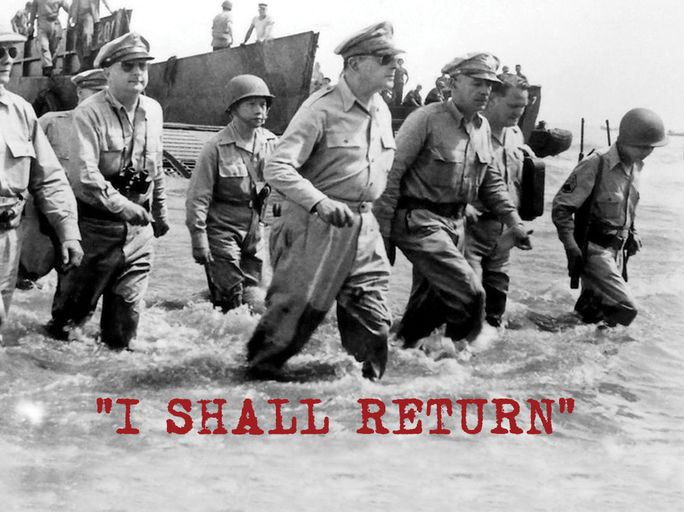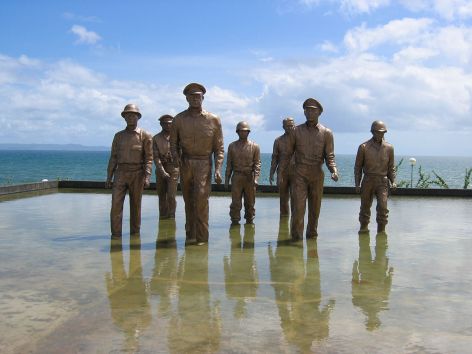“I Shall Return”
An incident from the Second World War sheds some light on how we are to be living our lives in the present.

In a matter of a few short months, the Japanese had devastated the U.S. military in the Pacific. The attack at Pearl Harbor was just the beginning—afterward Japan attacked the United States and other nations all throughout the Pacific Ocean. Among the many targets was the Philippines, where 90,000 American and Filipino troops tried to fight off the Japanese onslaught. These men were led by General Douglas MacArthur.
He had been their commander for years, but had to be smuggled out of the country during the night to escape the Japanese invasion. He made it to Australia safely, expecting to immediately begin the fight to save his men back in the Philippines.
Instead, he was told the terrible news that there was nothing he could do. The country he had left behind would fall to Japan, and his men would either die or be captured by the Japanese. Many of them would eventually become victims of the infamous Bataan Death March.
Hope for the Philippines
The news distressed MacArthur, but he didn’t give up hope for the country and people he had grown to love. Instead, he issued a solemn promise to those whom he had been forced to abandon. They were three simple words, but they had a powerful impact:
Gen. MacArthur lived by the words "I shall return" for the next 2½ years—doing everything he could to free the islands and the people he cared so much for.
I shall return.
MacArthur lived by those words for the next 2½ years—doing everything he could to free the islands and the people he cared so much for.
The words weren’t just for MacArthur’s sake. The Filipinos and Americans who were trapped by the Japanese and would soon fall victim to their brutality heard those words as well. “I shall return” became a rallying cry for those who were still fighting the Japanese, giving them hope when it seemed that there was no hope.
A greater promise
Two thousand years ago, Jesus Christ left the earth and assumed His place at the right hand of the Father.
This monument commemorates General MacArthur's landing in the Leyte Gulf at the beginning of the Allied campaign to liberate the Philippines from Japanese occupation (photo by David Baker). 
But there is hope amid all the distress in this wicked world. Jesus Christ gave us a promise that is surer than General MacArthur’s, and it has even greater ramifications.
Christ promised: “If I go and prepare a place for you, I will come again and receive you to Myself; that where I am, there you may be also” (John 14:3, emphasis added). When the time is right, He will return. It’s not a wish, not a vague desire. With Christ, it is a definite statement of fact.
Our only hope
When General MacArthur returned, only one-third of his men had survived the Japanese occupation. He told them, “I’m a little late, but we finally came.”
By contrast, Christ’s return will be right on time. He won’t be a moment too soon or a moment too late. He will come to the earth with a trumpet blast and a shout that will reverberate around the entire world (1 Thessalonians 4:16). He’ll return waging war on the wickedness of the world and establish a government that will heal the world of the war and suffering that came from sin (Revelation 19:11-15).
During World War II, many found hope in General MacArthur’s simple promise. It was something that they clung to, knowing that his return would end the brutal occupation.
Today, we have a much surer promise: “Surely I am coming quickly” (Revelation 22:20). Those five words represent our hope—this world’s only hope. Is your response the same as John’s response?
“Even so, come, Lord Jesus!”
To learn more about the return of Jesus Christ to this earth, read our article about His Second Coming.
Date Posted: March 10, 2017

 by Joshua Travers
by Joshua Travers

